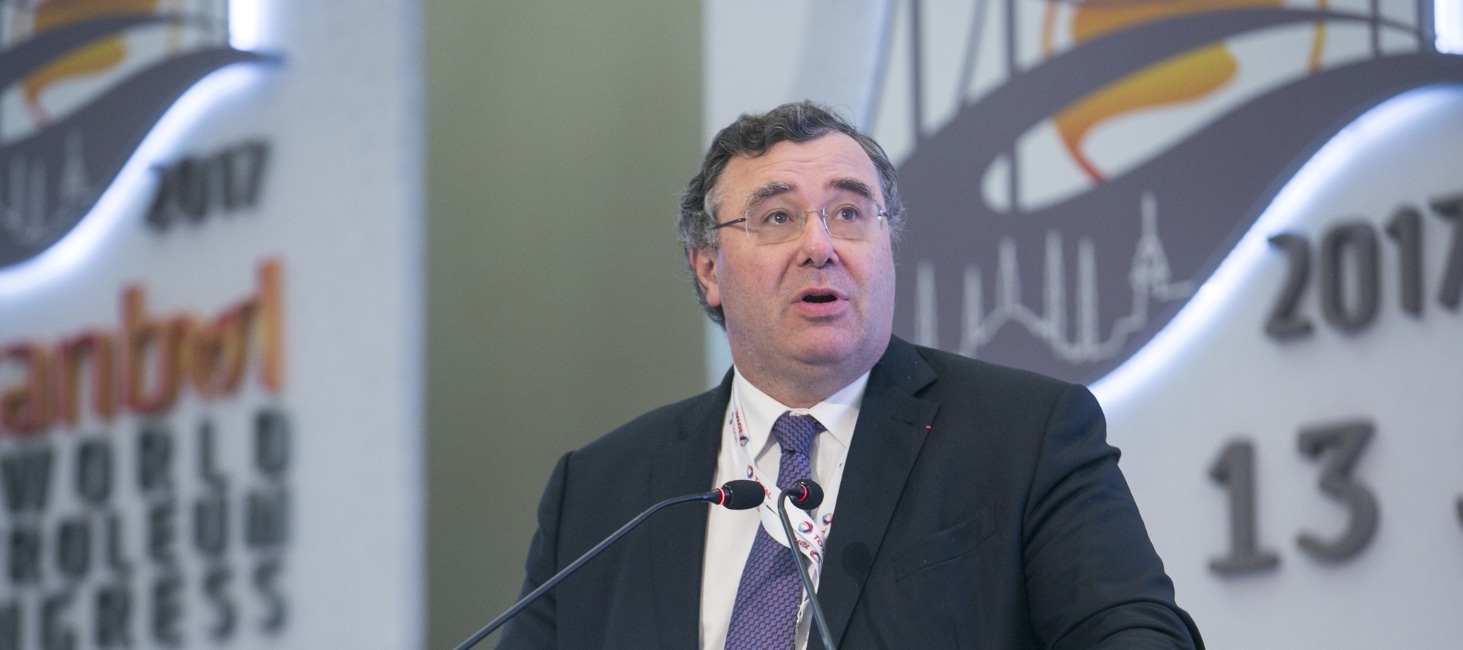To drive the European Central Bank (ECB) to support EU climate and environmental goals, national central banks in the Eurosystem must be won over (1). Currently, most central banks remain miles away from advocating for ECB policies to support the EU’s climate goals. While very few have spoken out against climate integration, most are quiet on the issue, suggesting opposition could be more widespread. Even the central banks leading on climate advocacy are yet to publicly endorse measures that would enable the ECB to directly support the transition, for example through a green lending facility.
During today’s meeting, the European Central Bank (ECB) will decide on whether to increase its key interest rates. Interest rates are the primary tools used to regulate the money supply in the economy, but they also are linked to climate change. Their level determines how easy, or, in the case of raising interest rates, hard, it is to finance the ecological transition (2).
Crucial decisions on setting interest rates are made by the ECB Governing Council that gathers ECB board members and national central banks’ governors. This gives national governors a key role in shaping the decisions of the ECB. Some governors wield an especially important influence in the Council and can block or enable a decision by influencing their counterparts, especially as ECB President Christine Lagarde aims for each decision to be as consensual as possible.
This begs the question: which governors are going beyond the ECB’s current position, and who are creating sticking points?
Blocking the green agenda
Some national central banks are slowing down the process of integrating climate change considerations into the central bank’s activities. The governor of the Banque Nationale de Belgique, Pierre Wunsch, has been unusually outspoken against the integration of climate change into monetary policy. At the time of the ECB policy review, in 2021, Mr Wunsch expressed strong reservations about the involvement of central banks in combating climate change, emphasizing the limited role they should play (3) and an alleged market risk of climate interventionism (4). More recently he defended the controversial market neutrality concept before the Belgian Parliament, dismissing central banks’ responsibility for differentiating between high and low carbon asset purchases (5).
Even though they are much less vocal than their Belgian counterparts, the Deutsche Bundesbank and its President, Joachim Nagel, argue that central banks should primarily focus on providing climate-related data and providing stability to allow for the transition (6). While this approach does not bar the ECB from implementing its current “climate roadmap”, it opposes the ECB taking a more active role in financing the transition.
Neither actively supporting nor opposing the green agenda
Most national central banks remain quiet on the topic, with few public statements on the issue of green central banking. Central and Eastern European central banks are particularly silent, with no visible action taken on green monetary policy.
Others have also chosen the quieter route. For instance, Pablo Hernández de Cos from the Banco de España, as the Chair of the Advisory Technical Committee of the European Systemic Risk Board has spoken about climate-related risks (7) but has barely implemented any policies on the bank’s investment portfolios (8). The Banco de Portugal’s governor, Mário Centeno, has similarly shown little public support for greater integration of climate related issues, although the bank will publish a roadmap to align the Bank with the Paris Agreement including its own financial assets, which might shed more light on its current position (9).
The Banca d’Italia has been slightly more supportive than its Spanish and Portuguese counterparts, with Governor Ignazio Visco setting the environment as a key mission of the bank but – for example – only including a vague commitment to invest more responsibly and engage with companies about their transition and decarbonization pathways (10).
Actively supporting the green agenda
In contrast, a few central banks have shown a willingness to go further than the ECB’s current climate roadmap. François Villeroy de Galhau, Governor of The Bank of France (BdF), has been a vocal advocate on deepening the integration of climate-related issues into central banking. He has also taken some concrete steps in that direction with the announcement of the design of a green company rating, ‘cotation verte’ (11) and the exclusion of companies with oil and gas extraction projects from its own investments by 2024 (12).
Similarly, De Nederlandsche Bank (DNB) is a supporter of green central banking. Klaas Knot, the DNB’s President, argues that central banks have an active role to play in combating climate change, and hence must consider their own impact. He sees “a stable climate” as “a precondition for central banks to be able to deliver on their mandate” (13). DNB has advocated combating the carbon bias in monetary operations (14) and adopting a cautious approach when considering climate risks (15).
But DNB and BdF have been more prudent on the topic of taking more direct action to support the green transition, notably through a green lending facility. Despite clearly acknowledging that the ecological and energy transition is relevant to the ECB’s price stability mandates (16), there is still little indication of support for policies that would go beyond minimizing climate change risks to boost the financing of sustainable activities.
It’s clear that the current situation is not coherent with the ECB’s own recognition that price stability requires tackling the climate crisis. To be true to their mandate, laggards must stop hindering progress and the discreet majority of national central banks must join the fight for climate action. Those that have shown some leadership on climate can help drive them to meaningful action, notably by setting up green lending facilities and excluding fossil fuel developers from asset purchases and collaterals.



